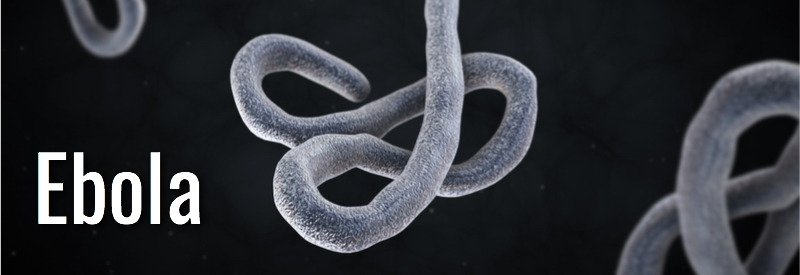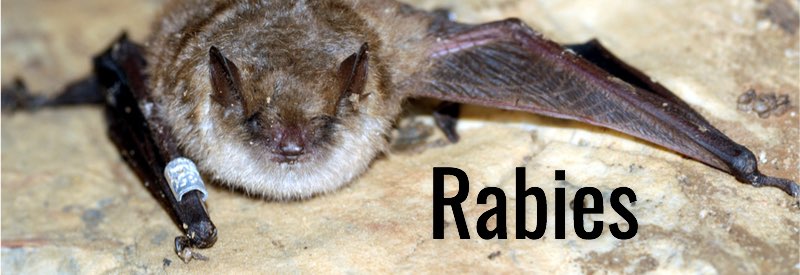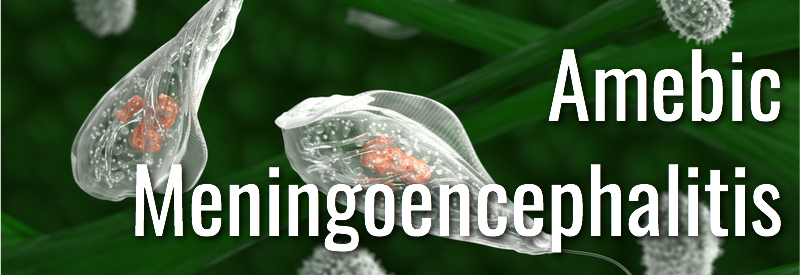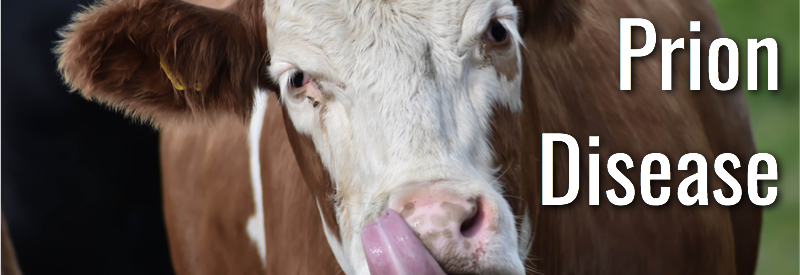Newsletter Signup - Under Article / In Page
"*" indicates required fields
With the recent outbreaks of plague in Madagascar and Ebola in West Africa, two terrifying diseases are back in the news. But these are not the only infections that are inevitably fatal if untreated, or, even worse, for which no therapy is available yet.
Though mostly rare, deadly diseases are closer than you think. Plague bacteria survive in rat fleas inside our sewage systems. Being a vegetarian does not save you from catching a prion disease. Even outdoor swimming can be fatal.
Robert Herriman, author of Global Dispatch, listed the world’s five deadliest diseases that are almost certainly fatal if caught. Here’s our update, with a review of new approaches in biotech ranging from scientific findings to therapeutic and vaccine development.

Bubonic plague, the “Black Death”, is back—or rather, it has never been gone. In the 14th century, 25 million people — one third of the population in Europe—died after infection with Yersinia pestis. Today, plague bacteria are kept under control with antibiotics and hygiene measures. But they survive in rodent fleas and still cause regular outbreaks: more than 20,000 people became infected with plague from 2000 to 2009 alone, mostly in African countries.
This year, Madagascar has suffered a particularly horrible outbreak, with almost 100 fatal cases so far. It develops extremely rapidly and shows a high percentage of the most dangerous form, the pneumonic plague, which is not spread by flea bites but via airborne droplets, infecting caregivers and relatives of patients. Without immediate and effective antibiotic treatment, up to 100% of cases are fatal. At the same time, antibiotic-resistant Yersinia pestis strains emerge, posing not only a health risk but also the potential to be weaponized.
There is no safe, approved vaccine available yet, but this year, scientists at the Institute Pasteur in Paris published data on an orally administered vaccine. It’s based on live, avirulent, genetically modified Yersinia pseudotuberculosis, a bacterium very similar to Y. pestis, but with a lower pathogenicity and higher genomic stability. Single vaccinations are sufficient to provide protection, making it suitable for mass vaccination.

Starting in March 2014, West Africa has experienced the largest outbreak of Ebola in history, with almost 30,000 people infected and more than 11,000 reported deaths so far. Ebola, or Ebola hemorrhagic fever, is caused by infection with an RNA virus that was first discovered in 1976 near the Ebola River in Central Africa. Infections occur by direct contact between broken skin and blood, body fluids, or infected animals, and through sexual contact, possibly even after recovery.
No vaccines have been approved by Western regulatory agencies, and no treatment is available, despite the efforts of academia, biotech and pharma. Successful recovery depends on good supportive care like balancing electrolytes as well as the patient’s immune response. Quarantine measures are equally important.
The recent crisis has spurred the development of new vaccines at major pharma companies including US-based Merck (MSD), GSK with its partner Emergent Biosolutions, and Bavarian Nordic in collaboration with Janssen. Most recently, researchers at St. George’s University of London developed a vaccine which showed to be efficient and safe to use in recent phase III clinical trials.
For those already infected, a number of experimental therapies have been developed. Israeli company RedHill Biopharma plans to initiate a proof-of-concept study for its proprietary experimental therapy this quarter. Additional promising therapy candidates were found in the blood of Ebola survivors: Swiss company Humabs BioMed has identified two antibodies that can neutralize the virus.

Rabies symptoms are easily overlooked. After a bite by an infected dog or wild animal, patients experience general discomfort, headache, and fever. But once the disease progresses to clearer symptoms such as paralysis, hallucinations, or hydrophobia, it is already too late: Most patients die within days.
The rabies virus has been reported on all continents except Antarctica. Rabies can be cured if patients are vaccinated and given rabies immune globulin immediately after the bite. Still, tens of thousands of people per year—or one person every nine minutes—die from untreated rabies, mainly in Asia and Africa. More than 40% of people bitten by suspect rabid animals are children under 15 years of age.
In addition to existing vaccines, Tuebingen-based company CureVac published proof-of-concept data from a Phase I trial of a mRNA-based rabies vaccine in July. Kedrab, a new immune globulin for rabies treatment produced by Israel-based company Kamada received approval by the FDA this August.

Outdoor swimming is great on a hot summer day, but it can also be fatal if the water is infected with Naegleria fowleri amoeba. When inhaled through the nose, Naegleria can enter the brain and cause primary amebic meningoencephalitis (PAM), a rapidly fatal brain infection. The US Center for disease control (CDC) lists 143 cases in the US from 1962 to 2016, with only four documented survivors despite widespread antibiotic therapy. Two thirds of cases are children under 15 years.
But rivers and lakes are not the only Naegleria habitat. Using qPCR assays, infectious amoeba have been detected in biofilms of drinking water distribution systems, and the search for a PAM therapy has therefore been intensified. In 2015, investigational breast cancer and anti-leishmania drug miltefosine was used successfully on a 12-year-old girl at the Arkansas Children’s Hospital. However, when the same drug was used on two other patients, one of them died, and the other suffered from major neurological damage.
This year saw a new therapeutic approach when scientists at the Virginia Commonwealth University found evidence that Naegleria relies on matrix metalloproteases to degrade the host extracellular matrix during infection, identifying these enzymes as potential therapeutic targets.

The ”mad cow disease” health crisis shook the UK about thirty years ago. Today, rigorous control measures have almost eliminated the risk of infections through contaminated food. But still, about one person in every million develops a prion disease such as Creutzfeld-Jacob disease (CJD) or variant CJD every year, mostly through spontaneous somatic mutations.
Prion diseases are of particular scientific interest because it is a protein—not a virus, bacterium, or amoeba— that causes the fatal neuronal damage. Prion proteins convert an otherwise harmless human brain protein into an aggregating isoform which itself becomes infectious, propagating the harmful process throughout the nervous system.
Symptoms only develop after years or decades, so that patients unaware of the disease can spread infectious prions unknowingly when donating blood. Diagnostic tests as developed by researchers at the University of Texas, and in a collaboration with the US National Institute of Allergy and Infectious Diseases (NIAID) and the University of Verona, Italy, can therefore save lives.
Concepts for prion disease therapy are still at early stage. Scientists at the University of Edinburgh and the MRC in Leicester, UK investigate RNAi therapy options, and study the effect of kinase inhibitors on the unfolded protein response mechanism. Primary results for a clinical study of therapeutic antibodies against misfolded prion protein conducted by researchers at the National Reference Center for Human Prion Diseases (NRPE) in Zurich are expected at the end of this year.
Deadly diseases are still around worldwide, and this won’t change for some time to come. But spurred by recent major outbreaks, the first promising approaches towards preventions and cures have been identified. However, more scientific efforts are needed to develop efficient vaccinations and therapies that can be deployed in affected regions.
Images via Mariusz Szczygeil, Yongyut Hemsa, Michal Pesata, Wire_man, CBTM Photography, supergalactic, kaizermodo / shutterstock.com






